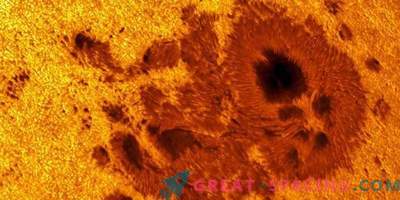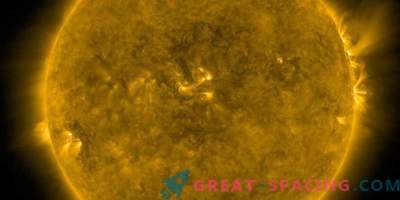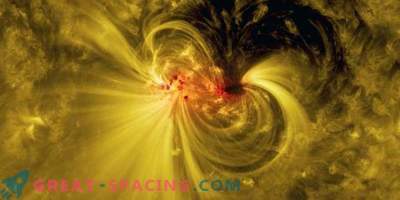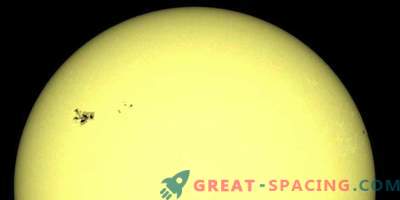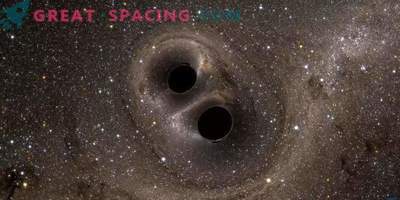
Few have heard of Hisako Koyamo, born in 1916 in Tokyo. But she was not just a solar observer, but also created one of the most important records of the last 4 centuries. She managed to fix sunspots in the figures for a period of 40 years. Recently, researchers used its archive of 10,000 drawings to track the number of spots until 1610.
Her work testifies to the enormous female contribution to science. She was known to amateur astronomers, but fame did not spread beyond this. Many scientists point out that women constantly make amazing discoveries that are not always documented and rewarded according to merit.
Research Koyama records
We heard about Koyama 2 years ago during a presentation from Leif Svalgaard, who used one of her sketches. In 2016, the movie “Hidden Figures” was released, where they talked about three female scientists and their activities during the space race. That is why the researchers decided to analyze in detail its scientific activities.
Koyama was born in 1916 and graduated from a school for girls in Tokyo. From an early age she was interested in astronomy and at the age of 20 began to study the sky on her own. The spots interested her in the spring of 1944, which she observed with a refractive telescope donated by her father. Sunspots - a temporary phenomenon that forms on the surface and marks points with a lower temperature. They are important to study, as they reveal the nature of solar activity and correspond to the 11-year cycle.
Koyama completed her first sketch in 1944 and sent it to the Japan Astronomical Association. After that, she regularly tracked them under the supervision of Issei Yamamoto. In 1946, she conducted a review from the National Museum of Nature and Science and at the same time became an observer. The largest spot was spotted in 1947 and tracked the solar flare in 1960.
She retired in 1981, but continued to make sketches. In 1985 he publishes a book where he describes more than 8000 sunspot groups and publishes 10,000 sketches. She died in 1997.
Scientific contribution
To understand solar activity, it is important to restore the entire history of sunspots. The first records appeared in 1610. The Koyama Collection provides a huge information layer filling many gaps. This is a 40-year continuous and accurate review. Now scientists are just wondering how this was done by one person who did not change the instrument and the method of observation for so long.
Her drawings were digitized by the staff of the museum where she worked, and now they are available to researchers all over the world.


